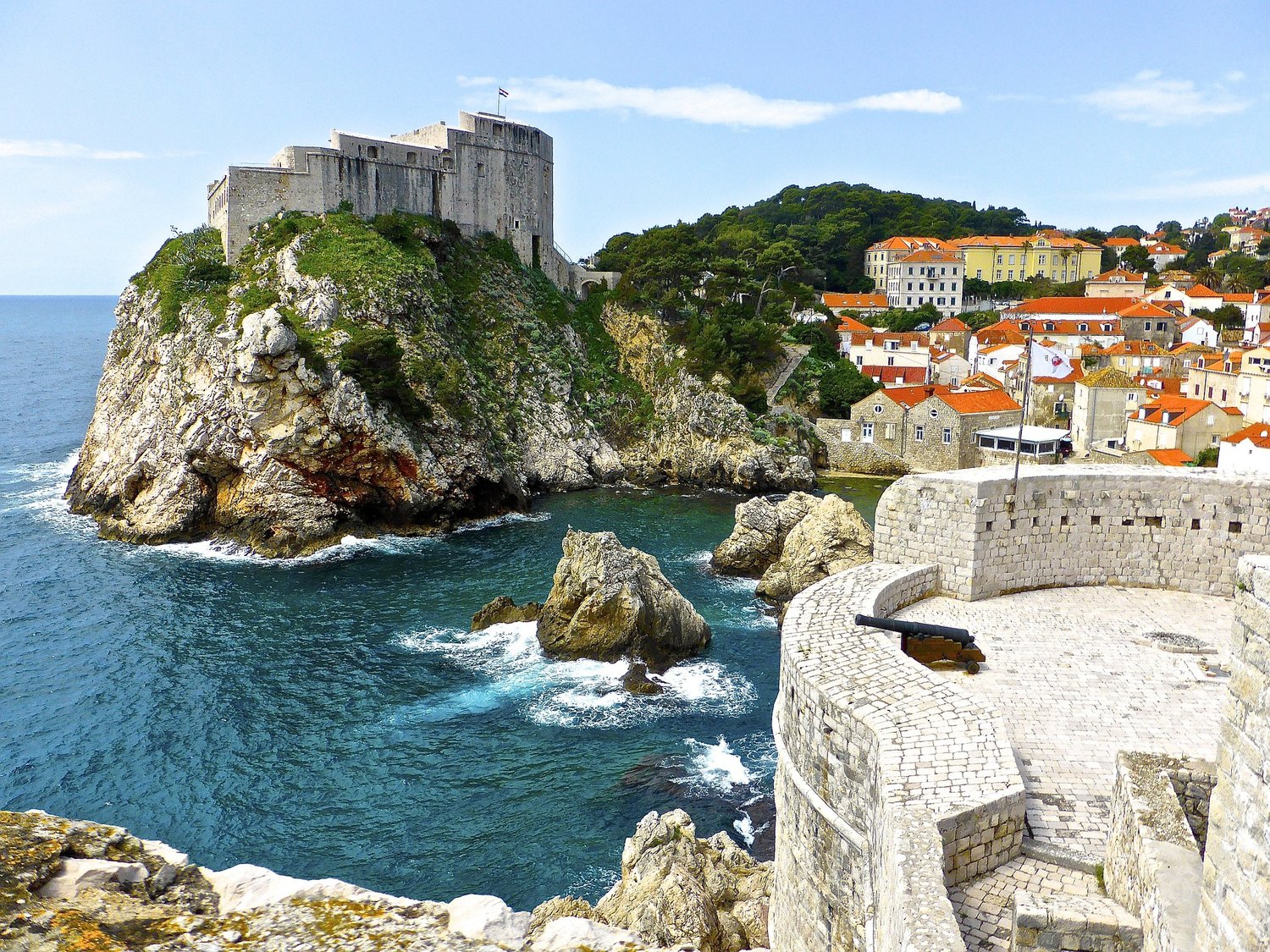Hong Kong has experienced significant transformations, transitioning from a small fishing community to a prominent global financial hub. The industrial revolution, which not only changed its economy but also left behind a rich legacy seen in its architecture, legacy, and monuments, was one of the most important stages in its growth. The old mills, now under preservation and use for modern research and education, are among the most intriguing relics of this age. A history tour hong kong allows visitors to experience these old sites, providing a special window into Hong Kong’s industrial background and development into the vibrant city it is now.
Preserving History through Adaptation
Efforts have been made recently to preserve these industrial buildings so they might be used for cultural and educational purposes. Architects and city planners have creatively repurposed the old mills instead of dismantling or giving them overkill. Offering guests an opportunity to learn about Hong Kong’s industrial past in a modern environment, the mills today feature museums, galleries, and workshops. This adaptive reuse guarantees that these structures serve a fresh use in the modern metropolis and will be maintained for the next generations.

Industrial Architecture: A Unique Feature of the City
The mills’ architectural form is evidence of the industrial era. These structures, with their tall chimneys, spacious open areas, and utilitarian brick facades, are quite different from the sleek, glass-covered skyscrapers that define the contemporary Hong Kong skyline. Emphasizing use over appearance, the design features of the industrial era reflect the pragmatic necessities of that age. These buildings have a special appeal despite their simplicity; strolling inside them transports one back in time. Hong Kong’s architecture’s mix between ancient and modern provides a graphic depiction of the city’s ongoing change.
The Role of Mills in Hong Kong’s Retail Scene
Additionally greatly influencing Hong Kong’s retail industry are the mills. Especially in textiles, Hong Kong’s manufacturing ability made it a major actor in world trade during the height of the industrial revolution. Establishing Hong Kong as a manufacturing center, the mills generated the fabric and clothing sold all around. Remnants of this industrial background still impact the retail scene of the city, where fashion and design define its economy. The conversion of these old sites into cultural centers is evidence of how the retail environment of the city keeps changing and combines new trends with the past.
The economic and cultural environment of Hong Kong was much shaped by the industrial development of the city, and a history tour hong kong offers a fascinating glimpse into how these changes have influenced its rich heritage and vibrant present. Now kept as cultural icons, the old mills provide an interesting view into the past. They not only show the industrial legacy of the city but also its continuous change. The preservation of these landmarks guarantees that the narrative of Hong Kong’s industrial past is not lost as the city develops and changes, therefore providing tourists with a better knowledge of its rich legacy and energetic future.



